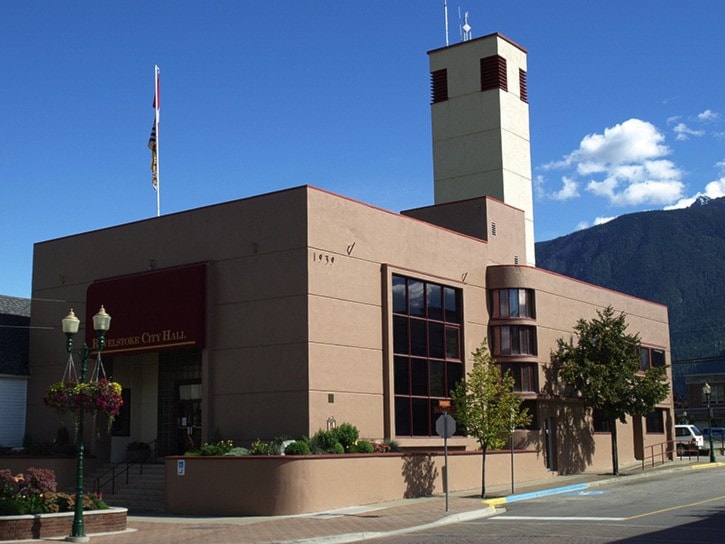For a local politician or council, there’s always a temptation to take liberties with reserve funds. The money is saved away for things like facility replacement, repairing existing infrastructure, or generally saving for a rainy day when some piece of expensive equipment springs a leak or melts down.
When the budget gets tight and taxpayers protest, there can be an urge to dip into available reserves, or at least not contribute the fair annual share to the reserve fund. The politicians look good when taxes don’t go up, but all they’ve really done is push the burden back, putting it on the shoulders of future politicians and, ultimately, future taxpayers.
In recent years, it’s been a contributing factor leading to the City of Revelstoke borrowing (with interest) for things like road and sewer repairs and works – something that really should come from reserve funds.
At their May 14 meeting, city council resolved to study the possibility of creating a formal reserve fund policy. The idea came from finance director Graham Inglis, who said the city was in need of one. He will prepare the report.
How have we been doing over the past decade? In 2003, all reserve funds combined totalled $5.5 million. They have climbed steadily since then (with a few minor slide-backs).
As of 2012, the City of Revelstoke had a total of $9.4 million, with the biggest increases coming in the past four years.
The biggest contributor has been Development Cost Charges, or DCCs. which have built up to about $1.4 million since they came into effect starting in about 2006.
Want to learn more? City of Revelstoke finance director Graham Inglis created this document showing city reserve fund balances between 2003–2012:
City of Revelstoke Reserve Balances - 2003-2012, 2013-05-21 by AaPOrlando
